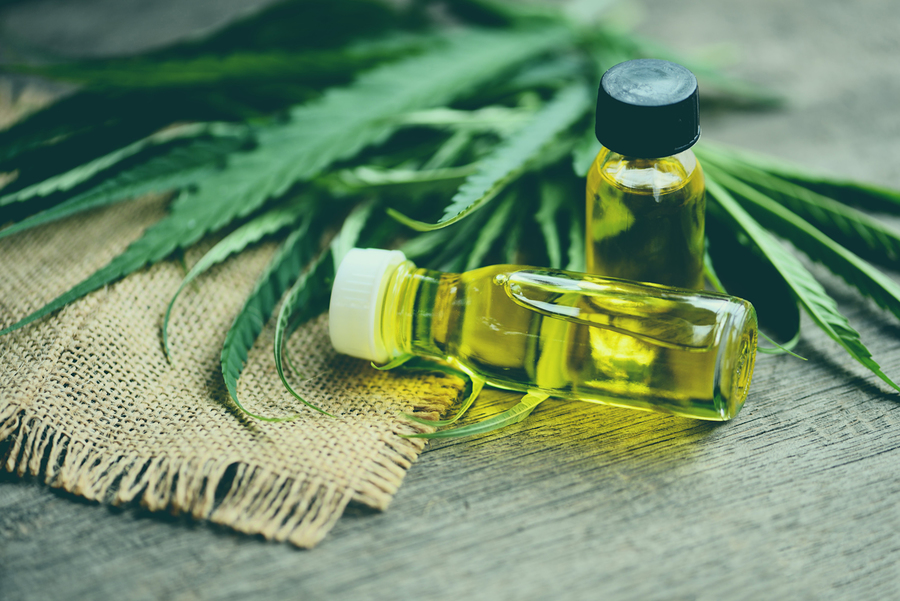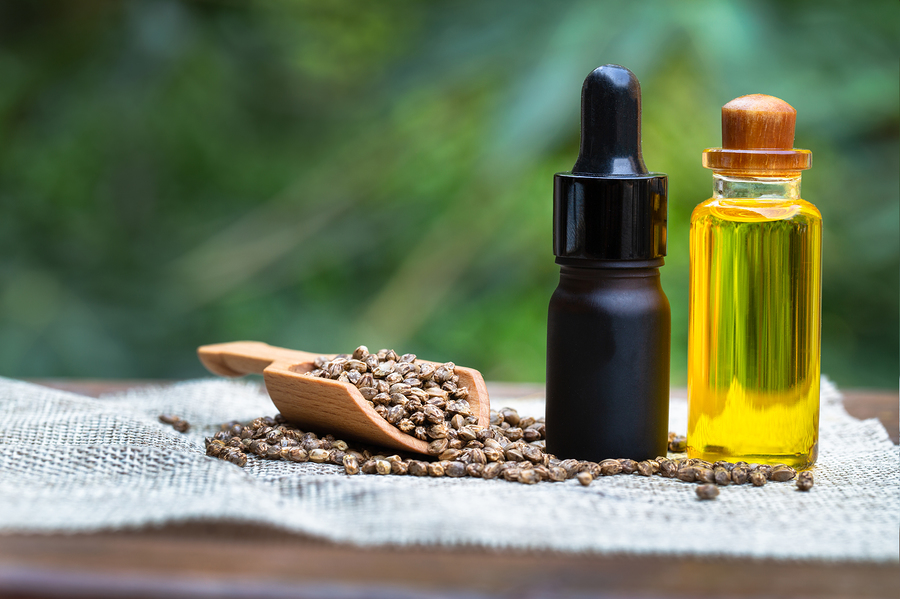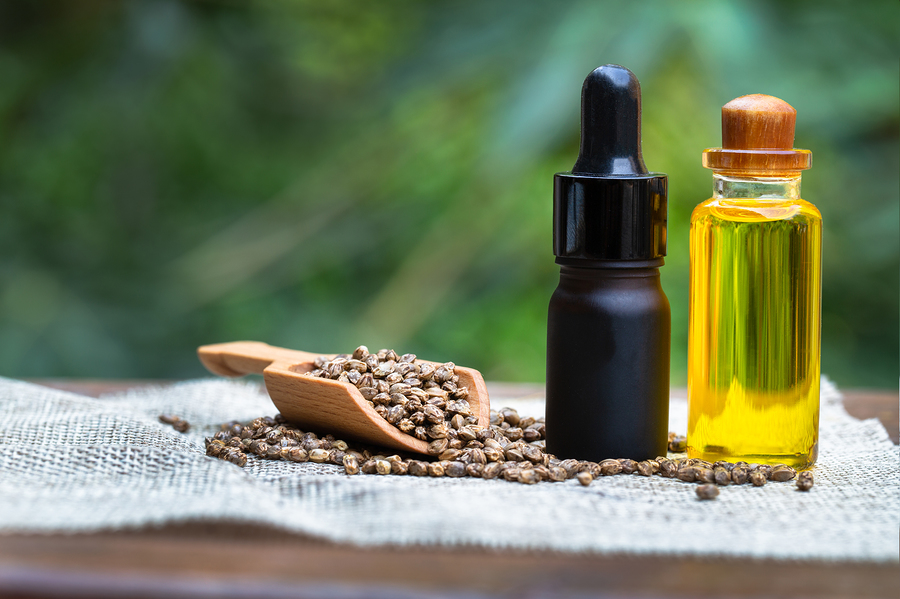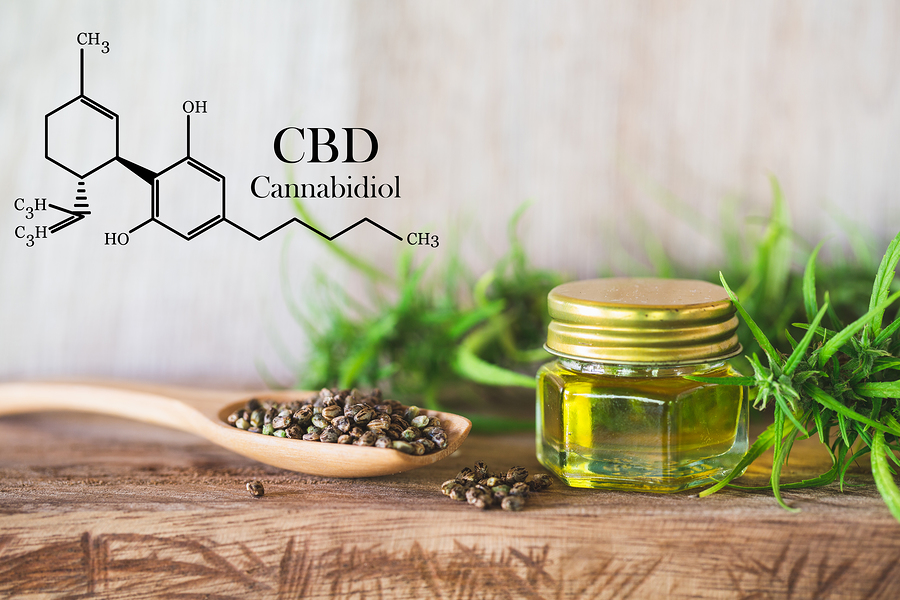One of the most common questions people ask when they start using CBD products is about the optimal time to use the product. Generally speaking, there is no best time to take CBD oil. The ideal time for one person may be different from the ideal time for another. Generally, the best time to take CBD is when doing so best fits into your routine so that you can be consistent with your serving.
When trying to determine the best time to take CBD oil for you, consider what you are using the CBD oil to address alongside your schedule and other health needs. You may find one CBD oil review suggests taking it first thing in the morning while others suggest taking it right before bed. The reality is everyone is different based on their natural endocannabinoid system and the exact product and concentration being used.
See How You Feel
As you start to work CBD oil into your routine, you may notice that it causes certain effects that may make certain times better than others. Some people report that it helps them feel awake and alert so they prefer to take it first thing in the morning.
Others, however, prefer to take it in the early afternoon or at lunch to counteract that 2 p.m. slump. And still, others, report feeling so relaxed after taking CBD that they prefer to take it in the evenings when they have time to relax or right before bed so that they can get better sleep.
If you find that using CBD wakes you up in the evening or makes you drowsy in the morning, try adjusting the time of day that you take it and see what happens.
The time of day you take your CBD may also be affected by any other medications you may be taking. CBD can interact with certain classes of medications, including those that come with a grapefruit warning, and affect how they are metabolized in the body. As such, there may be more of the prescription medication in your system then there would be if you weren’t using CBD so you need your doctor to adjust your dose accordingly. And because of this, you don’t want to take CBD too close to the prescription medicines.
How Long CBD Lasts
The full effects of CBD will remain in your system for approximately for 12 hours. The exact length of time depends on multiple variables including the milligrams of CBD you used, your consumption method, your body fat percentage, and your total body size. Considering this, some users prefer to take two to three servings throughout the day so they are able to keep a steady amount of CBD in their systems.
There are many reasons why people determine that CBD could be a beneficial option. CBD interacts with the body through the endocannabinoid system. Your endocannabinoid system is a signaling network that is responsible for regulating a variety of functions in the body including immune response, pain response, mood, sleep, and appetite.
CBD, when absorbed by the body, can augment the body’s naturally occurring cannabinoids to increase the endocannabinoid system to promote balance. These balancing effects may be beneficial for managing pain, reducing anxiety levels, protecting neuron health, and inhibiting seizure activity.
How Often to Take CBD
The frequency with which you use CBD really depends on your health needs, and how deficient you are in endocannabinoids. The majority of people find that consistently taking CBD at least once per day gives them the best benefit. CBD can build up in the body to stimulate an increase of cannabinoid receptors and make the endocannabinoid system more effective. Supplementing the endocannabinoid system with CBD every day has the potential to increase the beneficial impact of the natural compound.
It’s important to remember that when it comes to CBD, more does not always mean better. For instance, a Brazilian study that looked at CBD’s effect on performance anxiety found that a 600 mg dose was no more effective than the 300 mg dose.
It is just as important to determine the optimal dose for your body as it is to determine the best time of day. When trying to figure out the right CBD dose for you, you need to consider the following:
- Bodyweight/composition
- Method of consumption
- Product and strength
When you take oral CBD, either as a tincture, a gummy, or a capsule or pill, it is processed by the liver and other digestive organs according to Penguin CBD. As such, only a percentage of the CBD consumed passes through the organs and makes it into the bloodstream so that it can be used by the endocannabinoid system.
Any excess CBD is stored in the fat cells. If you consume enough DVD, it can remain in the fat cells for days releasing gradually for use by the endocannabinoid system. So even though oral consumption doesn’t provide the highest availability, if you use it enough and consistently enough, it can be an effective way to treat chronic conditions.
Research shows that intranasal bioavailability ranges from 34 to 46% though some studies have reported rates as high as 56%. Inhaling CBD is the most effective method for ensuring a high bioavailability. It is absorbed through your lungs immediately and from there the CBD directly enters your bloodstream which allows it to travel and bind to the appropriate endocannabinoid receptors.
With each subsequent breath you inhale more CBD to provide yourself with a continuous those that can be absorbed quickly – within a matter of minutes – and efficiently, directly through the lungs.
When administered sublingually, or via drops under the tongue, the bioavailability ranges from 13 to 19% though some studies put it as high as 35%. Holding the CBD beneath your tongue allows it to be absorbed by your sublingual gland where it can enter your bloodstream and begin working. While not as quick as the inhalation method, sublingually CBD still produces effects within about 20 minutes or so.
For best results, you should hold the oil below the tongue for at least 30 to 60 seconds. If you swallow too soon or apply the drops above your tongue and swallow too quickly, you may as well be taking CBD orally which offers lower bioavailability, ranging from 10-20%, but has been shown as low as 6%.
Image Source: BigStock.com (licensed)
Site Disclaimer
The efficacy of these products has not been confirmed by FDA-approved research. These products are not intended to diagnose, treat, cure or prevent any disease. Information presented here is not meant as a substitute for or an alternative to information from healthcare practitioners. Please consult your healthcare professional about potential interactions or other possible complications before using any product.
Related Categories: Health, Reviews






